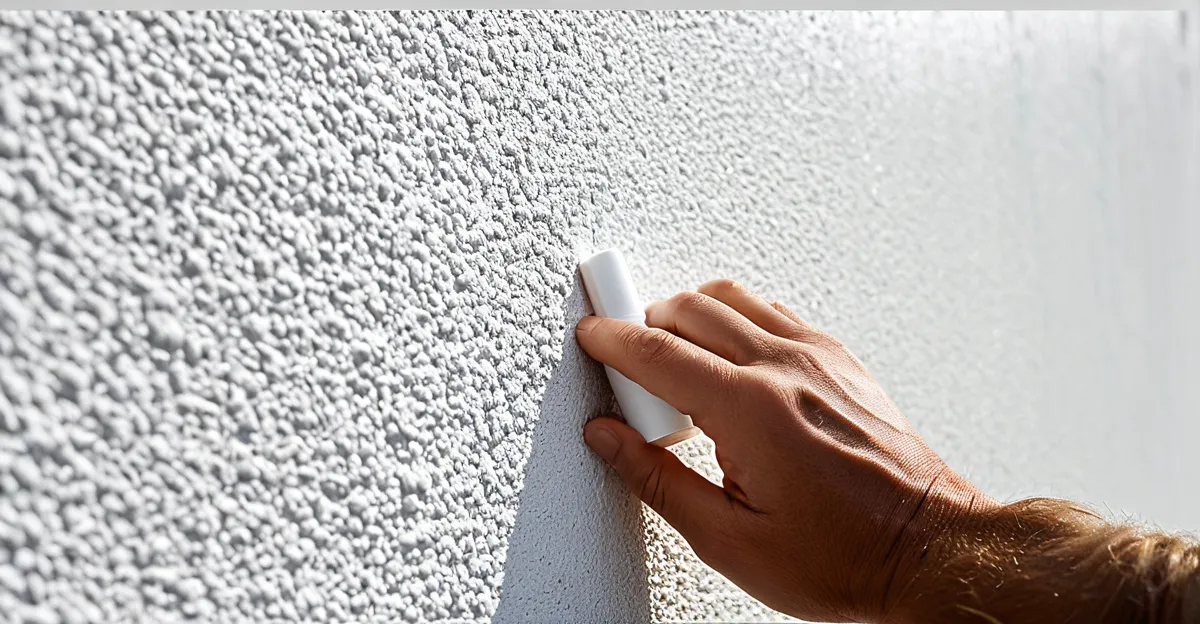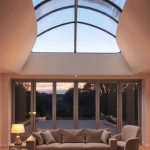Silicone top coat render combines durability with breathability, protecting external walls from weather damage while allowing moisture to escape. Its flexible, hydrophobic formula resists cracking and stains, ensuring a long-lasting finish. Available in a wide range of colours and tailored options, it suits diverse projects and environments, offering both aesthetic appeal and robust defence for building exteriors.
Key facts and major benefits of silicone top coat render
Immediately after application, top coat render delivers outstanding protection for external walls through its advanced weather resistance and hydrophobic qualities. This system prevents rainwater from penetrating the surface, significantly reducing moisture buildup and contributing to the material’s overall durability. Walls remain protected, even in areas with frequent heavy rain or prolonged humidity.
Also read : Maximize productivity with professional air compressor service
The technology behind silicone renders ensures high breathability, allowing moisture vapour to escape from inside the wall. This feature helps prevent trapped moisture, which can cause structural problems over time. Additionally, the flexibility of the silicone finish means it adapts easily to expansion and contraction in walls, preventing unsightly cracking as buildings shift with the seasons.
Certified by BBA and ETA technical standards in 2025, this render’s long-term colour stability delivers fade resistance and protection against algae, mould, and staining. Its UV resistance helps maintain vibrant colours for years, even in strong sunlight. Self-coloured blends eliminate the need for repainting, and with over 700 shades available, customisation suits any design. The practical application is quick and straightforward, making it suitable for a wide range of projects.
Also read : Expert air compressor repair: minimize downtime today
Application processes, colour customisation, and compatibility
Step-by-step application guide for thin-coat silicone render
Precision: The correct application of thin-coat silicone render starts with thorough surface preparation. Surfaces must be clean, dry, and stable; remove loose material and repair visible cracks. Apply a compatible base coat—often specified by the manufacturer—ensuring it is fully dry. Recommended tools include a stainless steel trowel for manual laying or a render spray machine for larger areas. Maintain an even thickness of 1.5 mm for optimal performance, as supported by products such as ThermoSilicone. Work at temperatures between 5 °C and 30 °C and avoid rapid drying from direct sunlight or wind. Allow approximately 24 hours per coat to dry, extending for humid or cold conditions.
Colour options and finish types
Customisation is vast, with manufacturers supplying more than 700 shades, matching RAL, NCS, and Pantone codes. These renders are self-coloured, so the selected colour is integrated throughout the mixture, ensuring a consistent appearance and minimising maintenance. Colour charts aid decision-making, offering gloss, matt, and even textured finishes suitable for modern or traditional exteriors.
Base coats and substrate compatibility
Silicone render systems are compatible with most insulation boards, brickwork, blockwork, and cement particle boards when paired with the right base coat and primer. This flexibility makes them ideal for both new builds and renovations, while maintaining mechanical strength and breathability.
Market comparison, costs, and maintenance
Brand and system comparisons: Pros, cons, and features
Silicone renders from K Rend, Licata, and ThermoSilicone each provide highly durable, breathable, and water-resistant finishes for external walls. Licata’s Silicone Top Coat Render is BBA and ETA certified, offering a self-coloured, low-maintenance surface with resistance to algae, fungi, and pollution. K Rend is well-known for comprehensive colour options and flexible application systems, prioritising ease of use and longevity. ThermoSilicone stands out for its insulating ceramic microspheres, optimising temperature control and energy efficiency.
Cost and price guidance
Average silicone render cost per square metre in the UK typically ranges from £40 to £80, depending on substrate preparation, thickness, colour customisation, and location. Premium brands, advanced formulations, and specialist finishes adjust pricing upwards. Many suppliers, such as Licata, provide a price calculator for more accurate estimation based on project scale. Bulk buying and selected finishes can further influence overall cost per bag or tub.
Care, troubleshooting, and maintenance
Routine exterior washing—using mild detergents and soft brushes—extends render appearance and performance. Address algae or staining early with appropriate cleaning products. For small cracks or impact damage, specialist patching compounds maintain aesthetic continuity. Annual inspection and timely repair are simple steps that ensure the render’s weather resistance and long-term appeal.











